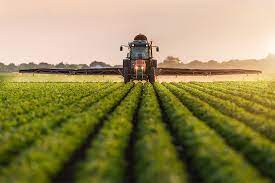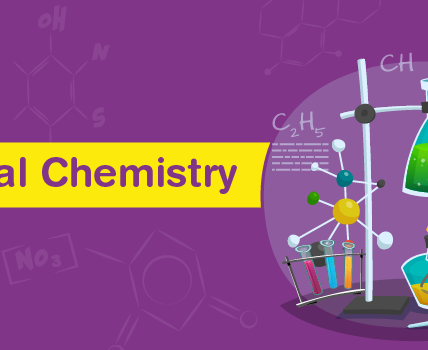Chemicals play a pivotal role in modern agriculture, where they are used to enhance soil fertility, protect crops from pests and diseases, and ultimately contribute to higher crop yields. This article delves into the world of chemicals in agriculture, focusing on fertilizers that provide essential nutrients to plants and pesticides that safeguard them from potential threats. It explores the intricate balance between maximizing agricultural productivity and ensuring sustainable and responsible practices.
1. Fertilizers: Nourishing the Soil
Fertilizers supply vital nutrients like nitrogen, phosphorus, and potassium to the soil, replenishing what crops extract during their growth cycle.
2. Types of Fertilizers: Tailoring Nutrient Delivery
Different types of fertilizers, including nitrogen-based, phosphatic, and potassic fertilizers, address specific nutrient needs based on soil conditions and crop types.
3. The Fertilization Process: Precision and Timing
Applying fertilizers at the right time and in the right amounts ensures that plants receive the nutrients they need for optimal growth and development.
4. Pesticides: Safeguarding Crop Health
Pesticides include insecticides, herbicides, and fungicides, each designed to combat specific pests that threaten crop health.
5. Integrated Pest Management (IPM): Balancing Control
IPM employs a combination of chemical and non-chemical strategies to manage pests effectively while minimizing environmental impact.
6. Herbicides: Taming the Weed Menace
Herbicides target unwanted plants (weeds) that compete with crops for essential resources like water, sunlight, and nutrients.
7. Insecticides: Warding Off Unwanted Visitors
Insecticides protect crops from harmful insects that can reduce yields and compromise crop quality.
8. Fungicides: Defending Against Fungal Threats
Fungicides combat fungal diseases that can devastate crops, particularly in regions with high humidity.
9. Environmental Considerations: Balancing Act
Using chemicals in agriculture necessitates responsible practices to minimize environmental impact and safeguard ecosystems.
10. Sustainable Agriculture: Charting a Responsible Course
Balancing the use of chemicals with practices like crop rotation, cover cropping, and organic farming fosters sustainability in agriculture.
11. Global Impact: Feeding a Growing Population
Chemicals in agriculture are critical in meeting the food demands of an expanding global population, emphasizing the importance of responsible chemical use.
In Conclusion: Nurturing Crops for a Hungry World
Chemicals in agriculture are powerful tools that enable farmers to feed a growing world population. Through the judicious use of fertilizers and pesticides, agricultural productivity can be maximized while minimizing environmental impact. Embracing sustainable practices ensures that we can continue to meet the demands of a hungry planet while safeguarding the health of our ecosystems.
In Conclusion:
Chemicals in agriculture are powerful tools that enable farmers to feed a growing world population. Through the judicious use of fertilizers and pesticides, agricultural productivity can be maximized while minimizing environmental impact. Embracing sustainable practices ensures that we can continue to meet the demands of a hungry planet while safeguarding the health of our ecosystems.
Tags: Chemicals in Agriculture, Fertilizers, Pesticides, Crop Yields, Soil Nutrients, Pest Management, Agricultural Productivity, Sustainable Agriculture











